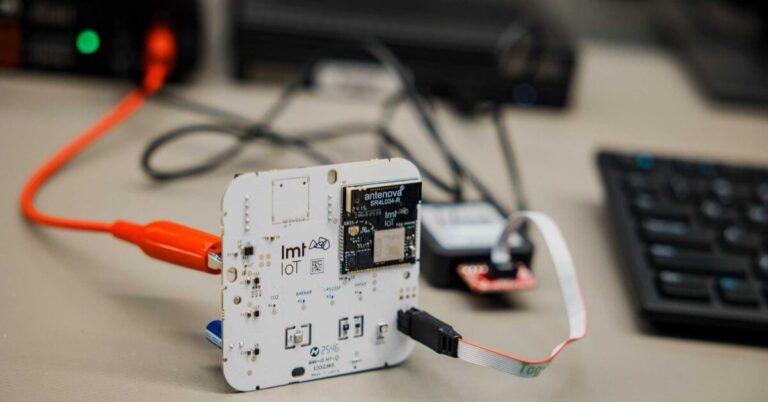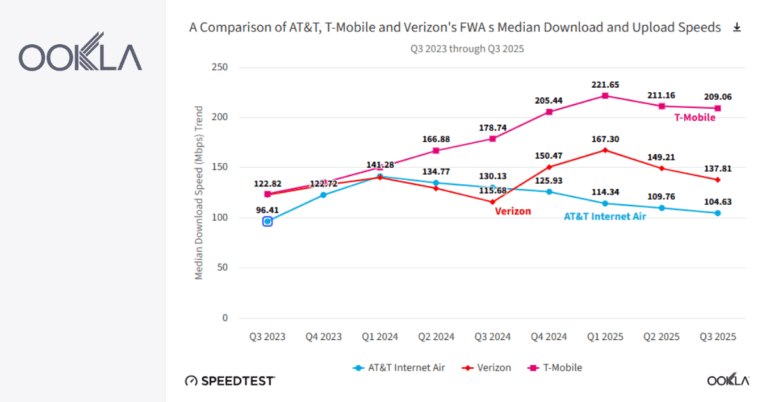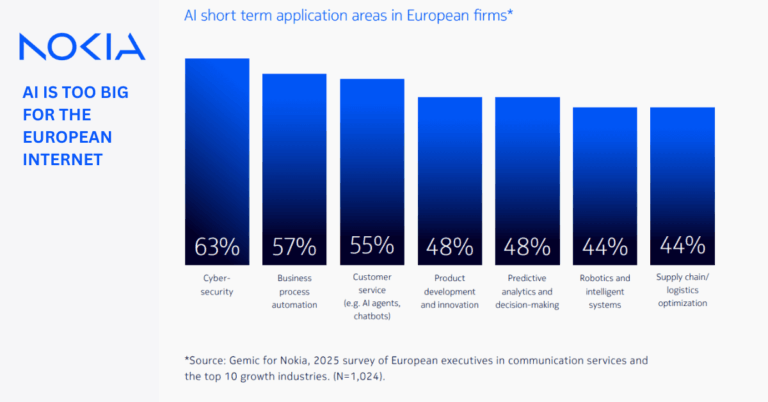Portugal NOS’s opened the NOS 5G Hub – a living, collaborative and co-creative laboratory for the development of 5G nationally. Involving an investment of 1.8 million euros, the new NOS 5G innovation center has been designed as an area for brainstorming, experimentation, and technological transformation, clearly turning into reality NOS’ ambition and ability to lead the development of the fifth mobile generation.
Located in the NOS Parque das Nações building in Lisbon, the NOS 5G Hub will be an area to empower companies, start-ups, universities, and partners, and provide the most advanced technical capabilities, teams, and resources. With an area of 464 m2, the NOS 5G Hub is divided into four core areas: demonstration, training, brainstorming/experimentation, and group work.
“NOS has been building a route towards leadership in fifth generation mobile networks, based on open and collaborative innovation projects. The 5G Hub, which we open today, represents yet another pioneering step for the country, reflecting a clear ambition to leverage collaboration with a view to the digital transformation and economic development of the nation”, says Miguel Almeida, CEO of NOS.
In pioneering fashion, the NOS 5G Hub has the first private Stand Alone 5G Core network to be implemented in Portugal, considered to be the next step in the evolution of 5G technology and particularly relevant for experimenting and exploring new use cases based on this disruptive network architecture.
This innovation center has a team of more than 50 specialist NOS staff, who will be putting their knowledge and expertise every day at the disposal of 5G and its application in a wide range of areas. With the goal of allowing those who visit the center to get to know the potential of the new mobile technology, 26 5G demos were selected, based on technologies such as Virtual and Augmented Reality, the Internet of Things, Edge Computing and Data Analytics, among others.
The project came to fruition with the support of more than 20 partners, most of them specializing in technology, Nokia and Accenture being founding partners, and benefitting from the shared and complementary abilities of the three organizations, as well as the transfer of knowledge and innovation from a global network of dozens more international innovation hubs.
The development of fifth generation mobile networks is one of NOS’ strategic business vectors, involving an investment of around 350 million euros, at a level that meets NOS’ ambition to be leader in communications in Portugal. In this respect, and taking into consideration the crucial role of 5G in the digital transformation of the country, the operator acquired the greatest amount of spectrum, while also making the highest investment among all those entities that took part in the 5G spectrum auction.







































